Suffering from its own success? Japan’s love-hate relationship with its millions of tourists
Even as tourists come in swarms and locals grumble, the government wants more. When does too much of a good thing become bad and how can Japan cope with the culture clash and other strains, asks the programme Insight.
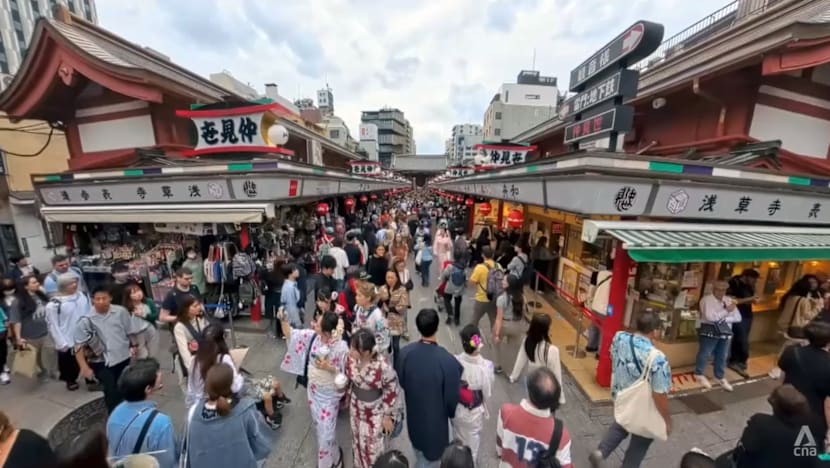
Japan welcomed 3.91 million international visitors in April alone, a new monthly record.

This audio is generated by an AI tool.
TOKYO: They came, they spent, they gave Japan’s post-pandemic economy a second wind. Then they just kept coming.
While much of Asia is still coaxing its pre-pandemic tourists back, Japan is riding high on a record 36.9 million visitors last year. They spent 8.1 trillion yen (US$55 billion), also an all-time high.
Then another record 21.5 million tourists visited in the first half of this year.
The crowds are not limited to Tokyo’s bright lights and Kyoto’s temples. In the coastal city of Kamakura (pop. 170,000), close to 44,000 travellers arrive each day on average, making it Japan’s most tourist-dense city.
“No matter where you go, even in the backstreets, there are always people around,” says city councillor Ayako Maekawa, 65, who has lived in Kamakura all her life.
“Most of these people are foreign tourists. That’s just a fact we can’t deny any more.”
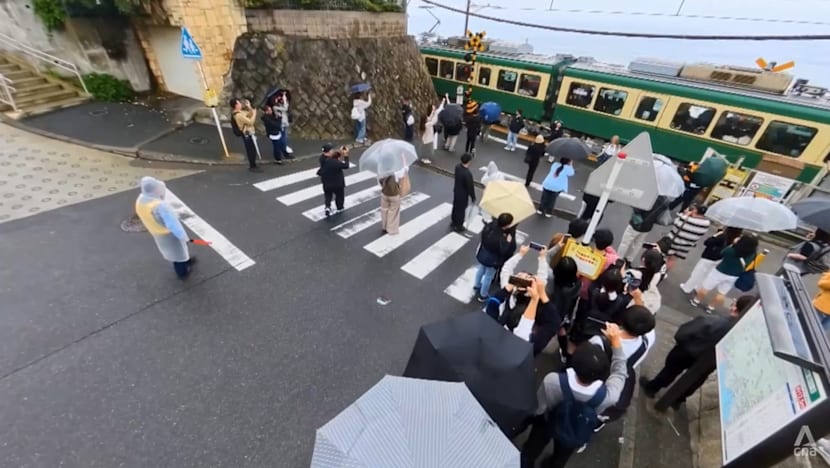
For many locals, being a darling of the travel world has become cause for consternation.
“Many (tourists) were stepping out onto the middle of the road and snapping tons of photos,” recounts one Kamakura resident. “I had to honk the (car) horn just to get them to move.”
Public buses are so jam-packed with visitors, Maekawa adds, that “grannies who want to go to hospital in the morning can’t even get on”.
Concerns about overtourism are spreading elsewhere. In an Ernst & Young (EY) survey last year across 10 tourism hotspots, about half of the local respondents said they felt the impact.
In Kyoto, tourist access to its famous geisha district, Gion, has been restricted. In the town of Fujikawaguchiko, officials put up a temporary black curtain last year to block views of Mount Fuji and deter camera-toting crowds.
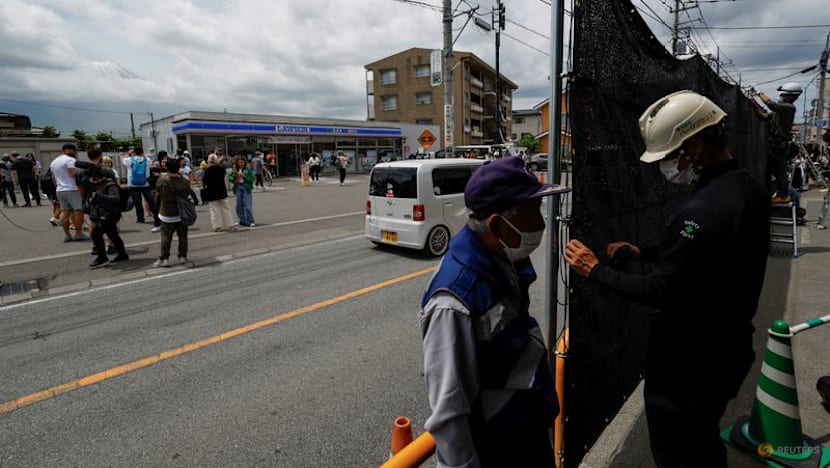
Yet, Japan cannot quite quit this complicated romance with tourists. The government is still gunning for 60 million visitors annually by 2030.
“One of the problems with (Japan’s) declining population is that there’ll be less labour. Another is that there’ll be fewer consumers,” says Kazuki Fukui, an associate professor of geography at Ryutsu Keizai University.
Therefore, “the role of inbound tourists in rural Japan is to help make up for lost spending as the number of Japanese visitors declines”.
Tourism made up 7.3 per cent of Japan’s gross domestic product last year and employed nearly 9 per cent of its workforce, according to World Travel and Tourism Council research.
Can the country keep saying yes to the world? Or is it already suffering from its own success, asks the programme Insight.
WATCH: Japan’s problem with tourists — But why does it want more? (45:14)
THE PROBLEM WITH POPULARITY
Like many of today’s brightest stars, the Land of the Rising Sun owes much of its clout to social media, where it reigns as the most popular country, according to travel site Titan Travel.
From its snow-capped peaks to glittering cityscapes to quaint temples, the archipelago has become a sprawling, photogenic Instagram backdrop.
Other big draws for holidaymakers have been a weakened yen, the rise of low-cost carriers and the expansion of visa-free travel over the past decade.
But popularity comes with its problems, like being crowded out on public transport — most commonly in Kyoto, cites Chris McMorran, an associate professor of Japanese studies at the National University of Singapore.
“People on the street (will) say, ‘I’ve been waiting 30 minutes … to take the bus to get home.’”
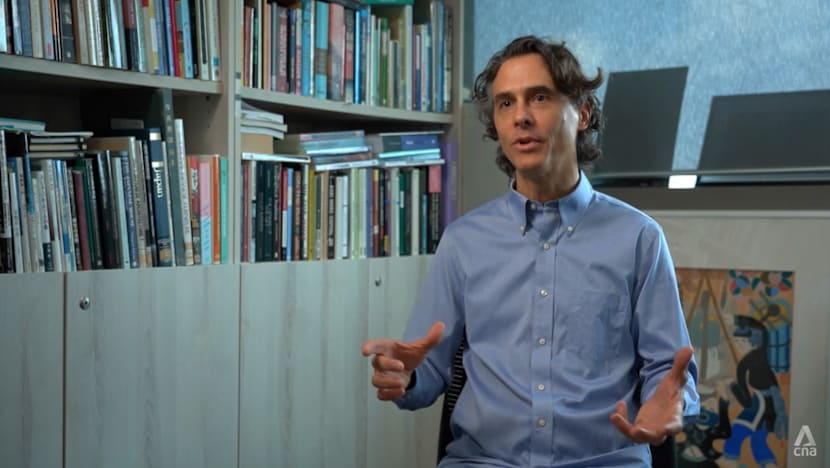
Even visitors are pressed for space, with 32 per cent of 7,800 travellers saying congestion at tourist spots was a problem, according to a survey conducted last year by the Development Bank of Japan and the Japan Travel Bureau Foundation.
Social media influencers with millions of followers can also turn any nook into an overnight sensation and unleash throngs of visitors who will overwhelm that location without any preparation for them done, McMorran says.
Surging inbound tourism is having an impact even on Miyako island — about 300km southwest of Okinawa — where it has driven up housing rents in the past decade, making it increasingly difficult for locals to live there.
Beyond the sheer numbers, overtourism has stirred cultural clashes. Japan is what cultural studies call a high-context culture, in which communication relies heavily on social norms and tacit conventions. While locals may internalise these, they can be opaque to foreigners.
Take luggage, for example. Rolling them through crowded streets or onto public transport may seem harmless, even necessary to foreigners, but in Japan it is disruptive, blocking pathways, tripping people up and slowing train transfers.
“A Japanese person would understand that you shouldn’t wheel your luggage in any indoor space because that’s like walking with your shoes (indoors),” McMorran says. “Every Japanese person knows this, and every international tourist doesn’t.”
Loud chatter hits a nerve too. Hiroshi Mizutani, who runs a travel agency, once had to escort a client — the chief executive officer of a Chinese company — out of first class on a high-speed train because of this.
His client was talking angrily on the phone, which is jarring on public transport in Japan.
Among Japanese establishments, a preference for local customers is not unusual. “It’s not that I dislike (foreign customers). In fact, when we do talk, I find foreigners fun to talk to,” says Toyoko Mimura, 86, a bar owner in Tokyo.
“But they don’t become regulars, you see. The local customers are more important to me.”
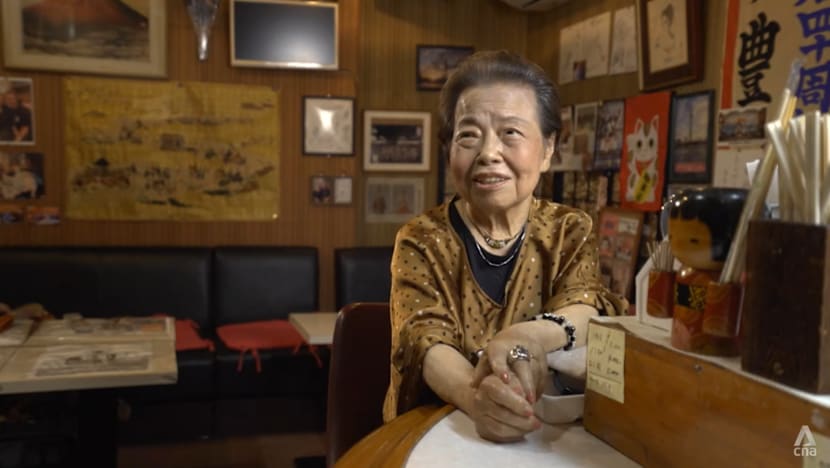
To keep foreigners out, one Kyoto restaurant put up a sign saying “no vacancy” in English and “please come in” in Japanese — with a photo of this going viral last year.
Cultural missteps only add to the tension. As of March, the Watatsumi Shrine in Nagasaki has barred all tourists following what it called a “grave and unforgivable act of disrespect”, without any specifics.
Part of the problem is foreigners get to play the gaijin card — feigning ignorance to escape the consequences of their rulebreaking behaviour.
“I’m worried that if this continues, crimes might start happening,” Maekawa says. “Even though Kamakura is a tourist destination — and this might sound selfish — I want people to understand that there are many of us who actually live here.”
EY’s survey of locals found that the largest number of respondents — 62 per cent — called for an improvement in tourist manners to solve the frustrations and issues caused by overtourism.
But some tourists make little effort to understand local life, says McMorran. “They just think the language is impenetrable and therefore, ‘I won’t talk to anyone, and I’ll just use (Japan) as a kind of movie stage backdrop.’
It’s just a wave of people passing by, not knowing about anybody’s life … there.”
BETTER IF IT ISN’T JUST TOKYO AND KYOTO
While the flow of tourists continues, it is not evenly spread. Last year, more than half of all visitors set foot in Tokyo; and the least visited prefecture, Shimane, saw 0.2 per cent of the country’s international arrivals.
Just as some locales grapple with overtourism, others would like a slice of the cake.
Take the resort town of Kiyosato, about 170 kilometres from Tokyo. It is known for its Jersey cow milk and scenic highlands. But infrequent trains and ageing attractions mean tourists are not exactly lining up to visit.
“Sometimes it seems as if the customers who visit feel sad rather than nostalgic,” says Kiyomi Dewa, 56. She runs Mine no Chaya, the town’s oldest restaurant, perched in front of the local train station.
It is the kind of place content creator Sandy (@sandyinjapannn), an Australian based in Japan for the past 14 years, would point her followers towards — off the beaten track.
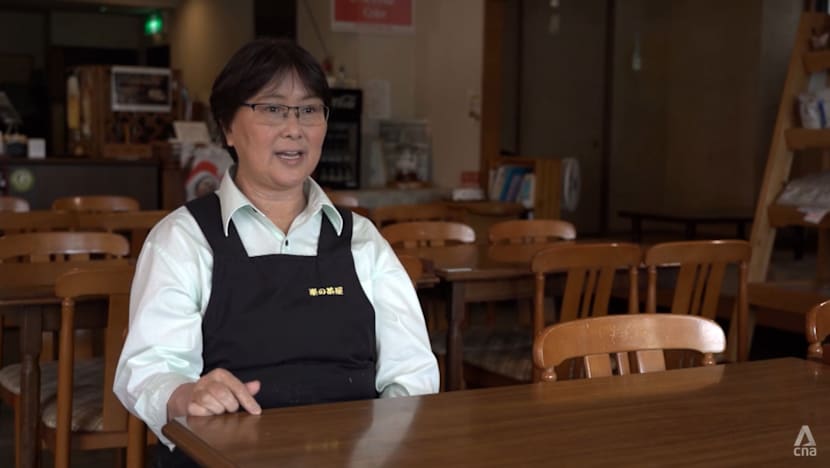
“Japan really needs to push the tourists to other places,” Sandy says. “It’d be a better balance for everyone if foreigners could enjoy those other cities and places … that want more tourism.
“Locals everywhere will be happier if that happens.”
A resurgence in tourism could offer a lifeline for rural Japan, providing employment that keeps young people from leaving provincial towns or brings them back — like Takuma Furuya, who became the Nipponia Kosuge Village hotel’s manager at age 25.
“I was studying tourism as a student, and this hotel was built to use tourism as a way to develop the village,” he recalls.
“I was impressed by how the staff worked together with the local residents, and I felt drawn to (the idea of) contributing to my village in this way.”
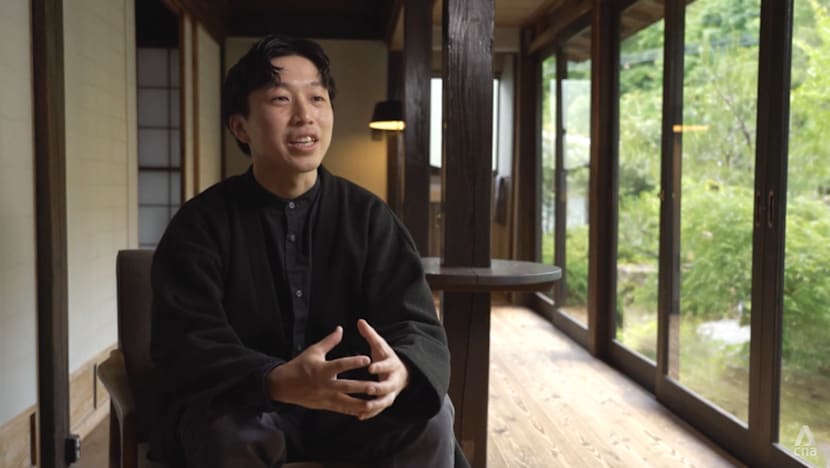
Today, the hotel generates about 30 million yen in annual revenues from foreign visitors. And over 90 per cent of the 2,000 guests last year first heard about Kosuge village through the hotel.
“Many people have moved into the village after they’d first came as tourists,” Furuya says. “The increase in tourists is very positive in terms of connecting the village with the outside world.”
Across the country, spending by foreign visitors has quintupled in 10 years, outpacing semiconductors and steel to rank as its second-largest export category. The challenge now — for both Japan and the world — is sustainability.
To ease the crowds, many attractions have adopted online reservation systems, allowing travellers to skip long lines and explore other stops in their itinerary before they return at a designated time.
LISTEN: CNA Correspondent — How Japan is dealing with overtourism
Other popular spots have introduced measures such as fees, permits and daily visitor limits.
Mount Fuji’s Yoshida trail, the busiest path to the summit, now allows just 4,000 climbers per day. Visitors must pay 4,000 yen and complete a short safety and etiquette course, with the proceeds going to site maintenance and staffing.
“Reducing the number of visitors, minimising our burden on the environment and preserving the landscape of the fifth station … will lead to sustainable tourism on Mount Fuji,” says Yoshiyuki Koizumi, the director-general of Yamanashi Prefecture’s tourism, culture and sports department.
The fifth station is the highest point visitors can reach by car. The control measures are also about “passing on the values of Mount Fuji to future generations”, he adds.
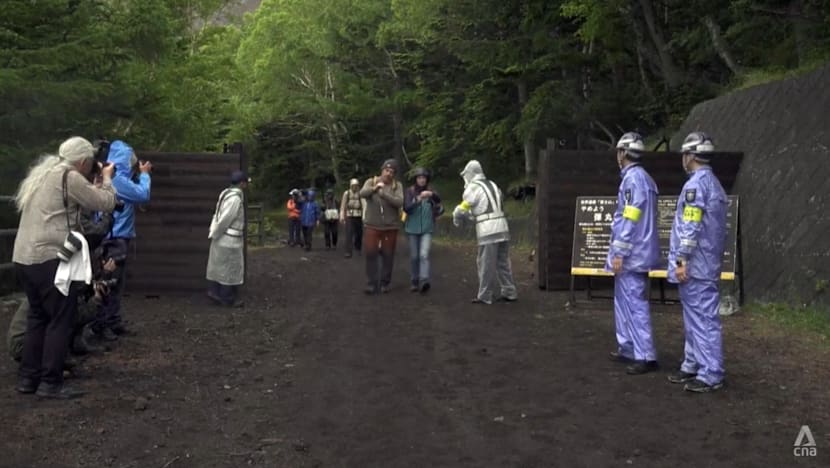
For its part, the Japan Tourism Agency has been promoting proper travel etiquette, while some municipalities actively disseminate guidance to visitors.
But there are limits. If tourist demand overwhelms a place, the Japan National Tourism Organisation (JNTO) will support a halt to promotions if unhappy locals so decide, says Takuya Shiraishi, who was until recently the executive director of JNTO’s Singapore office.
It just takes time to adjust to this kind of surge of holidaymakers that “hasn’t happened in 20 or 30 years”, says geography academic Fukui.
“In truth, it’s a pleasant thing. We all know deep down that it’s very wonderful that people from all over the world come to Japan.”
Watch this episode of Insight here. The programme airs on Thursdays at 9pm.



















